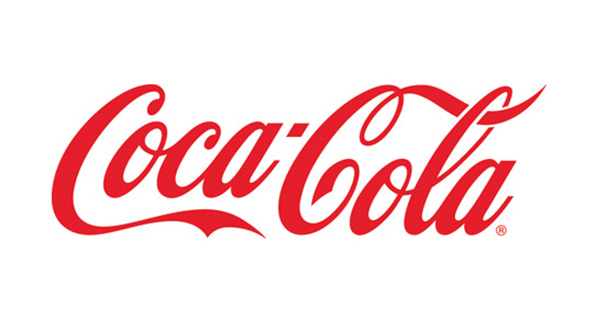Brand, Perception and Engagement
Following my post on "Marketing the why and how" which you can read here, I wanted to write up with another post on creating your brand as both are intricately linked together.
The top picture is credited to: https://static1.squarespace.com/static/597b437320099e0bff6c87d3/597b44eb5016e1aaa1dc73ad/5a1d4dd6652dea2e1ac31766/1512572788298/How-to-Build-a-Brand-Part-1-Branding-and-Design2_tinoshare.com_.jpg?format=500w.
all other photos are company logos and products identified by the logo and copyright to those brands.
What is a Brand?
A brand is a name, term, design, symbol, or other feature that distinguishes an organization or product from its rivals in the eyes of the customer Brands are used in business, marketing and advertising.
A product can be easily copied by other players in a market, but a brand will always be unique. For example, Pepsi and Coca-Cola taste very similar, however for some reason, some people feel more connected to Coca-Cola, others to Pepsi. Taste test have proven this over and over again too. It is therefore so important to get your branding right, since a perceived quality and luxury brand can command a higher price, higher margins and more revenue in the long term.
If the product sold is water, in order to convince people to purchase a particular water, companies developed different water brands, such as Evian, Perrier, Fiji or Volvic. And each one of these brands provides a different meaning to the product water:
– Evian makes you feel young
– Perrier is refreshing, bubbling and sexy
– Fiji Water is pure, healthy and natural
and so on.
There are clearly perceptions of how each brand makes you feel and that is down to clever branding and communication.
A brand is made up of a number of elements listed below which should be different, relevant and most of all believable.
A PROMISE to your customers
The PERCEPTION of what others think you are
an EXPECTATION on delivering on promises
A PERSONA. what do you look, behave and sound like?
and finally, ELEMENTS your look, identity, messaging, perhaps the most obvious aspects of a brand, you can see some examples below.
Creating a Brand
When a company decides to settle on a brand to be its public image, it must first determine its brand identity, or how it wants to be viewed. For example, a company logo often incorporates the message, slogan or product that the company offers. The goal is to make the brand memorable and appealing to the consumer. The company usually consults a design firm or design team to come up with ideas for the visual aspects of a brand, such as the logo or symbol. A successful brand accurately portrays the message or feeling the company is trying to get across and results in brand awareness, or the recognition of the brand's existence and what it offers. On the other hand, an ineffective brand often results from miscommunication.
Once a brand has created positive sentiment among its target audience, the firm is said to have built brand equity. Some examples of companies with brand equity – possessing very recognizable brands of products – are Microsoft Corp, Coca-Cola, Apple, and Facebook.
If done right, a brand results in an increase in sales for not just the specific product being sold, but also other products sold by the same company. A good brand engenders trust in the consumer, and after having a good experience with one product, the consumer is more likely to try another product related to the same brand. this phenomenon is often referred to as Brand loyalty.
so how do you do it?
Get a great logo. ...
Write down your brand messaging. ...
Integrate your brand. ...
Create a "voice" for your company that reflects your brand. ...
Develop a tagline. ...
Design templates and create brand standards for your marketing materials. ...
Be true to your brand. ...
Be consistent.
the girl in home


















